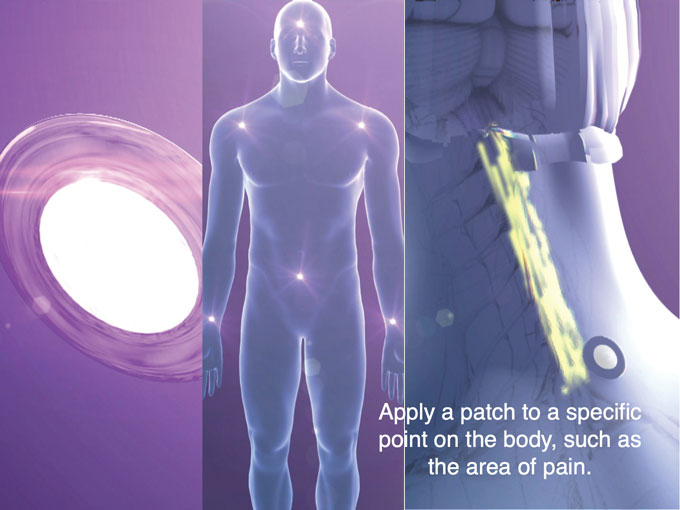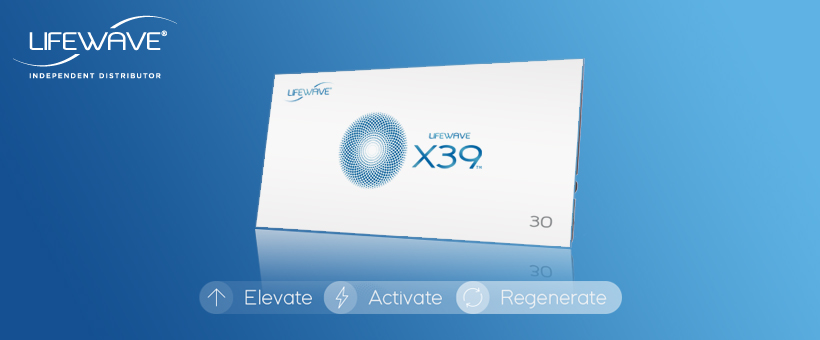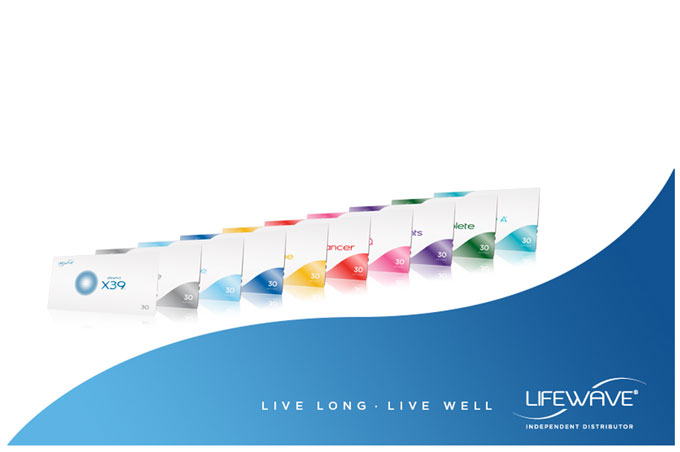Whether you’re an athlete looking to boost your performance or someone seeking relief from aches and pains, infrared light therapy could be the solution you’ve been searching for. With its ability to enhance blood flow, this innovative treatment harnesses the power of infrared light to stimulate circulation throughout the body. By gently penetrating the skin, infrared light encourages the expansion of blood vessels, improving oxygen and nutrient delivery to your cells. Say goodbye to stiff muscles and welcome a renewed sense of vitality with infrared light therapy for circulation.
1. What is Infrared Light Therapy?
Infrared light therapy, also known as infrared therapy or photobiomodulation, is a non-invasive treatment that uses low-level wavelengths of infrared light to stimulate healing and improve various bodily functions. This therapy has gained popularity in recent years due to its potential benefits in enhancing circulation and promoting overall wellness.
2. Circulation and Blood Flow
Circulation refers to the movement of blood through the body, delivering oxygen and nutrients to various organs and tissues. Proper circulation is essential for overall health and wellbeing. It helps remove waste products and toxins from the body, supports immune function, and allows for efficient cell regeneration and healing processes. Blood flow, on the other hand, refers to the movement of blood through the blood vessels. It is influenced by factors such as blood pressure, heart rate, and the health of blood vessels.
3. Benefits of Infrared Light Therapy for Circulation
Infrared light therapy has shown promising results in enhancing circulation and improving blood flow. By targeting the underlying causes of poor circulation, such as inflammation and oxidative stress, infrared light therapy can help alleviate symptoms and support overall vascular health. Some of the potential benefits of infrared light therapy for circulation include:
- Increased blood flow to vital organs and tissues
- Improved oxygen and nutrient delivery
- Enhanced removal of waste products and toxins
- Reduced inflammation and oxidative stress
- Accelerated healing and tissue regeneration
4. How Does Infrared Light Therapy Enhance Blood Flow?
Infrared light therapy enhances blood flow through various mechanisms, including vasodilation, increased nitric oxide production, improved oxygenation, and enhanced lymphatic function.
4.1. Vasodilation
One of the primary ways infrared light therapy enhances blood flow is by promoting vasodilation. When exposed to infrared light, the blood vessels in the treated area expand, allowing for increased blood flow. This vasodilation helps improve circulation and enhances the delivery of oxygen and nutrients to tissues that may be experiencing poor blood flow.
4.2. Increased Nitric Oxide Production
Infrared light therapy has been found to stimulate the production of nitric oxide, a crucial molecule involved in regulating blood flow and blood vessel function. Nitric oxide helps relax and widen blood vessels, improving blood flow and reducing the risk of arterial stiffness and hypertension.
4.3. Improved Oxygenation
Infrared light therapy can enhance the oxygen-carrying capacity of red blood cells, leading to improved oxygenation of tissues. This can be particularly beneficial for individuals with compromised circulation, as it helps ensure an adequate oxygen supply to vital organs and tissues.
4.4. Enhanced Lymphatic Function
The lymphatic system plays a vital role in maintaining fluid balance and removing waste products from the body. Infrared light therapy has shown promise in enhancing lymphatic function, facilitating the removal of metabolic waste and toxins from tissues. By improving lymphatic circulation, infrared light therapy can indirectly support blood flow and overall vascular health.
5. Conditions that Benefit from Improved Blood Flow
Enhanced blood flow resulting from infrared light therapy can provide numerous benefits for individuals with various health conditions. Some of the conditions that may benefit from improved blood flow include:
- Peripheral artery disease
- Diabetes
- Chronic wounds and ulcers
- Hypertension
- Raynaud’s disease
- Fibromyalgia
- Rheumatoid arthritis
- Chronic pain
Infrared light therapy can complement standard medical treatments for these conditions by promoting healing, alleviating symptoms, and improving overall quality of life.
6. Using Infrared Light Therapy for Circulation
Infrared light therapy can be administered through different methods and devices, depending on the desired treatment area. These include handheld devices, light panels, and full-body light therapy beds. When using infrared light therapy for circulation enhancement, it is essential to consider the duration and frequency of treatment, as well as safety considerations.
6.1. Infrared Light Therapy Devices
There are various types of devices available for infrared light therapy, ranging from small handheld devices to larger panel systems. Handheld devices are suitable for targeting specific areas, such as joints or wounds, while panel and bed systems provide more extensive coverage for whole-body treatment. It is important to choose a device that suits your specific needs and consult with a healthcare professional if necessary.
6.2. Duration and Frequency of Treatment
The duration and frequency of infrared light therapy sessions for circulation enhancement can vary depending on individual needs and the specific condition being treated. For best results, it is advisable to follow the manufacturer’s instructions or consult with a healthcare professional who can provide personalized recommendations based on your circumstances.
6.3. Safety Considerations
While infrared light therapy is generally considered safe, there are some important safety precautions to keep in mind. It is crucial to avoid direct exposure of the eyes to infrared light, as it can potentially cause damage. Additionally, individuals with certain medical conditions, such as active cancer or pregnancy, should consult with a healthcare professional before undergoing infrared light therapy.
7. Other Considerations for Enhancing Circulation
In addition to infrared light therapy, there are several lifestyle factors that can contribute to enhanced circulation and improved blood flow. These include regular exercise and physical activity, a healthy diet, proper hydration, and stress management techniques.
7.1. Exercise and Physical Activity
Regular physical activity is a great way to support circulation and enhance blood flow. Engaging in aerobic exercises, such as walking, jogging, or cycling, helps strengthen the heart and improve cardiovascular health. Strength training exercises can also help improve circulation by building muscle mass and promoting efficient blood flow.
7.2. Diet and Hydration
A well-balanced diet rich in nutrients can contribute to overall vascular health. Consuming foods that are high in antioxidants, such as fruits, vegetables, and whole grains, can help reduce inflammation and oxidative stress, supporting healthy blood vessels. Additionally, ensuring adequate hydration is important for maintaining proper blood viscosity and optimal circulation.
7.3. Stress Management
Stress can negatively impact circulation and blood flow. Engaging in stress-reducing activities, such as meditation, deep breathing exercises, or yoga, can help promote relaxation and improve overall cardiovascular health. Adequate sleep and adopting healthy coping mechanisms for stress can also contribute to enhanced circulation.
8. Potential Side Effects and Risks of Infrared Light Therapy
While infrared light therapy is generally safe, there are some potential side effects and risks to be aware of.
8.1. Skin Sensitivity and Burns
Some individuals may experience skin sensitivity or burns if the infrared light therapy device is used at high intensities or for extended durations. It is important to follow the manufacturer’s instructions and start with lower settings to assess individual tolerance. If any skin irritation or burns occur, treatment should be discontinued, and a healthcare professional should be consulted.
8.2. Eye Damage
Direct exposure of the eyes to infrared light can potentially cause damage. It is crucial to always wear protective eyewear or close the eyes completely when undergoing infrared light therapy. This precaution helps minimize the risk of eye injury and ensures the therapy is safe and effective.
8.3. Overheating
In some cases, prolonged exposure to infrared light therapy may lead to overheating, especially if the treatment area is not properly ventilated. It is important to maintain a comfortable temperature during the session and to be aware of any signs of overheating, such as excessive sweating, dizziness, or discomfort. If these symptoms occur, the session should be stopped, and the individual should cool down and hydrate.
9. Research and Evidence for Infrared Light Therapy
Numerous studies have investigated the effects of infrared light therapy on circulation and blood flow. While more research is still needed to fully understand the mechanisms and potential benefits, the existing evidence suggests that infrared light therapy can enhance blood flow and promote overall vascular health. However, it is important to note that individual responses to therapy may vary, and consulting with a healthcare professional is advisable before starting any new treatment.
10. Conclusion
Infrared light therapy offers a non-invasive and potentially beneficial approach to enhancing circulation and improving blood flow. By promoting vasodilation, increased nitric oxide production, improved oxygenation, and enhanced lymphatic function, this therapy can support overall vascular health and alleviate symptoms associated with poor circulation. It is important to understand the benefits and potential risks, as well as to consider other lifestyle factors, in order to maximize the effectiveness of infrared light therapy for circulation enhancement. As always, consult with a healthcare professional to determine if infrared light therapy is a suitable option for your individual needs.





